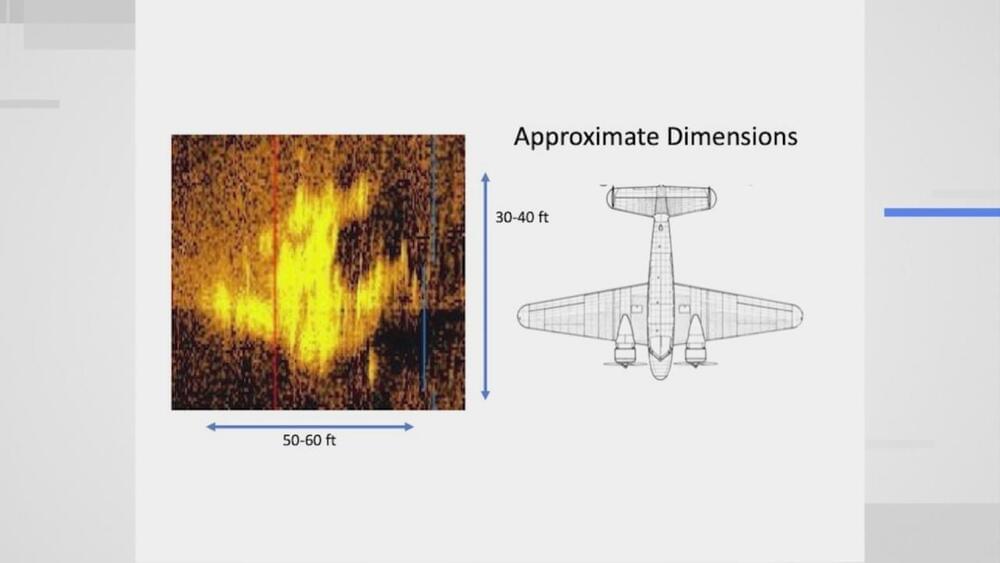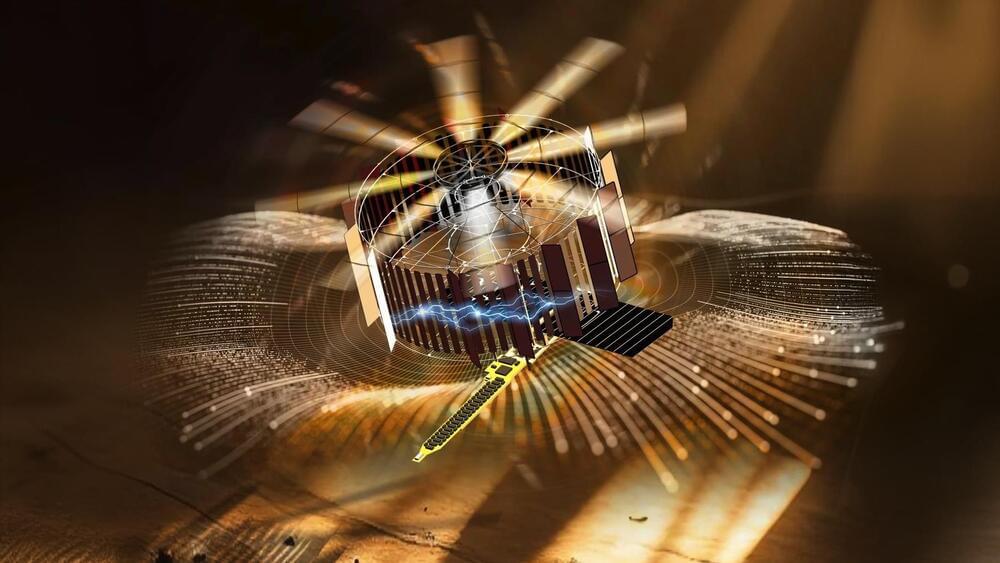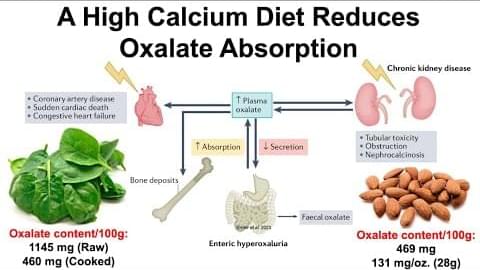Jul 21, 2024
Deep sea explorers who say they found Amelia Earhart’s plane share discovery
Posted by Genevieve Klien in category: transportation
ATCHISON, Kan. (WDAF) — It’s one of the greatest unsolved mysteries ever, but we might now be on the verge of discovering what happened to Amelia Earhart’s plane.
Earhart was born and raised in Atchison, Kansas, and her love for planes and flying drove her to break barriers for female pilots.
On June 1, 1937, she and navigator Fred Noonan made an attempt to fly around the world in a Lockheed Electra 10-E plane, but somewhere over the Pacific, they lost radio contact and were never heard from again.


















